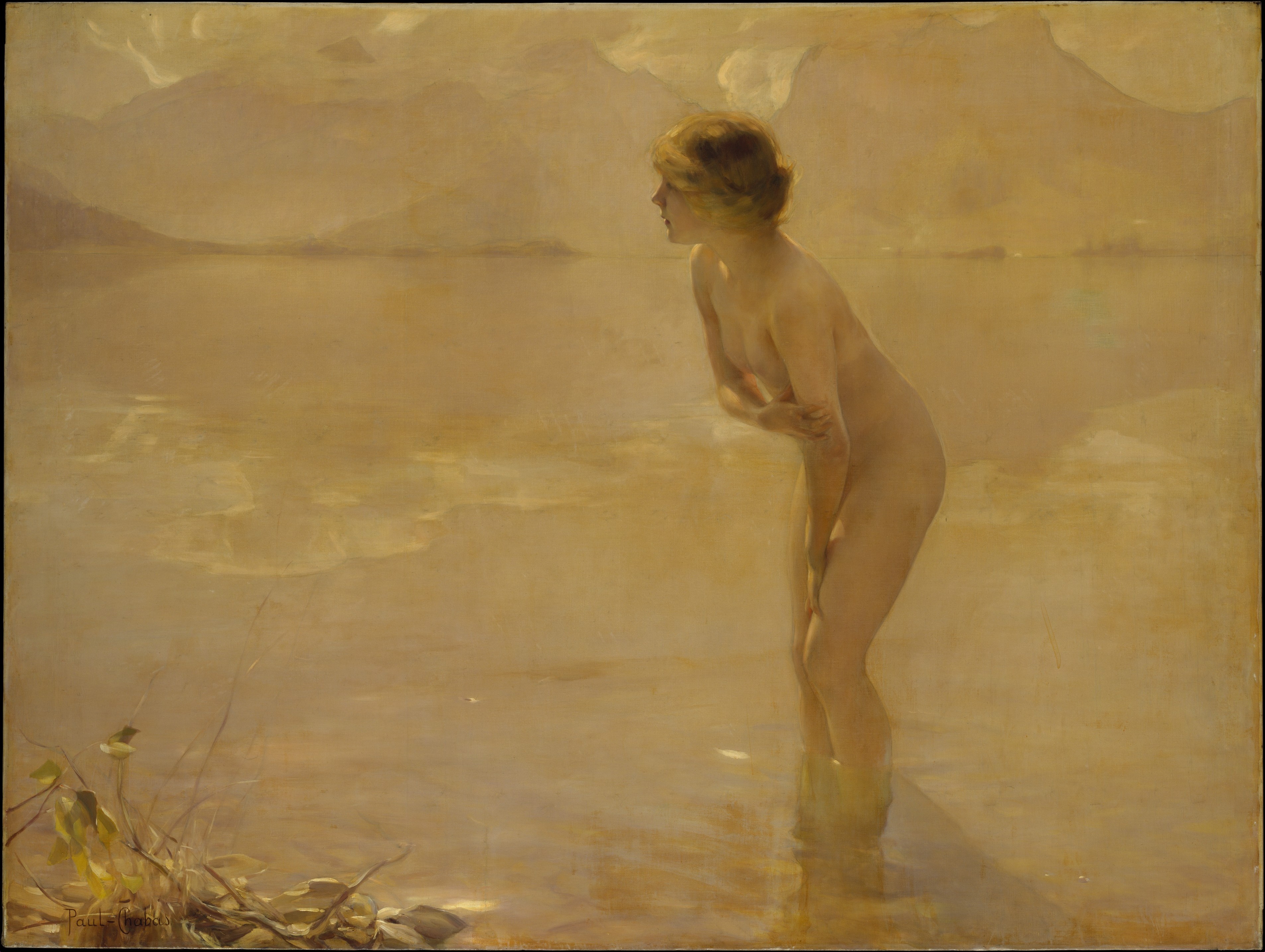At this time of year, my email inbox is full of “last chance for Christmas delivery” sales pitches, and so I’ve been thinking about what interests potential buyers in a product. And having that in the back of my mind when turning to this blog took me straight to one of my favorite entries in Lawtalk: The Unknown Stories Behind Familiar Legal Expressions: “Comstockery.” The term–which signifies prudish, self-righteous censorship based on a desire for sexual purity–is named for nineteenth-century crusader Anthony Comstock, who successfully lobbied for enactment of the anti-obscenity law commonly known as the Comstock Act in 1873, got himself appointed two days later as a special postal agent to enforce the law, and by 1874 was already responsible for the seizure of 194,000 pictures and photographs; 14,200 stereopticon plates; 134,000 pounds of books; 60,300 “rubber articles” (condoms); and 5,500 sets of playing cards. Two years before his death in 1915, he boasted that he had convicted thousands of people and driven fifteen to suicide.
Comstock is nevertheless a paradigmatic example of the marketing value of efforts at suppressing anything remotely sexual. At least twice in his career his efforts at censorship famously promoted sales. First up: George Bernard Shaw. After some of Shaw’s plays, including Man and Superman, were removed from the open shelves and put on a “restricted list” at New York’s public library, Shaw responded eagerly to a request for comment from a correspondent for the New York Times. He concluded: “I can promise the Comstockers that, startling as ‘Man and Superman’ may appear to them, it is the merest Sunday school tract compared with my later play . . . with which they will presently be confronted.”
Comstock rose to the bait and had the next Shaw play that was produced in New York, Mrs. Warren’s Profession, closed on opening night. When courts declined to ban the play as obscene (it dealt seriously with the social and economic issues surrounding prostitution), it became the hottest ticket in town. The Times had predicted just such a result, having published some advice for that “guardian and arbiter of the public morals in these parts.” In an editorial about the library incident the Times wrote:
Let us tell Mr. Comstock an authentic anecdote of the late [eighteen] fifties or the early sixties in New York. A foreign firm of art dealers had consigned to this country a painting which they expected to make a sensation in this new and unsophisticated world. . . . But nobody came to see it. [The dealer’s U.S. agent then contrived to have a newspaper article published that] recited that a picture was now openly insulting the public moral decency . . . and loudly demanded to know where were the police. In consequence the next morning there was a queue of ticket buyers to the exhibition extending half way around the block. Does Mr. Comstock see the point? We can assure him that Mr. Shaw beholds it vividly.
The second example comes late in Comstock’s career. The French artist Paul Chabas had won a prize in Paris for his painting September Morn, but in France its nudity was tame even for its time, and its commercial value remained low.

In America, the painting survived an obscenity prosecution in Chicago, and was displayed in a gallery window in New York City in 1913. Comstock learned of the painting’s display and ordered it removed from the window. The dealer refused.
Immediately, the President of a New York art company (prosperous seller of photos, postcards and prints) fired off a letter to the editor of the Times to be sure everyone knew of this affront: “The people at large as well as the critics and patrons of art are naturally interested in the recent action of Mr. Anthony Comstock in ordering removed from a New York Dealer’s window a copy of Paul Chabas’s beautiful picture . . . [which depicts] the full exposure of God-given beauty modestly posed.”
Scandal worked again. The resulting publicity made the picture famous, paved the way for its sale to a Russian collector for $10,000 (almost a quarter million in today’s dollars), and created a market for a steady stream of knock-offs. Soon enterprising entrepreneurs were reproducing September Morn on everything conceivable: calendars, postcards, candy boxes, cigar bands, cigarette flannels, pennants, suspenders, bottle openers, and more. Some of those reproductions took the form of parody, as when Daffy Duck took the place of the modest maid. When the Metropolitan Museum of Art acquired the painting in 1957, it caused a stir all over again: art lovers objected that the painting was not art at all, but kitsch.
We can laugh now–in fact by the end of Comstock’s career he was widely ridiculed, as in a clever courtroom cartoon reproduced in Lawtalk–but Comstock’s issues remain with us almost 100 years after his death. One example has been much noted on this blog. When the Federal Communications Commission fined CBS millions of dollars for Janet Jackson’s “wardrobe malfunction” during the halftime show of Super Bowl XXXVIII, one writer dubbed it the “Federal Comstockery Commission,” and the resulting lawsuits challenging that and the FCC’s “fleeting expletive” rule are still working their way up and down the federal courts.
It’s enough to make a person want to go out and buy a banned book.